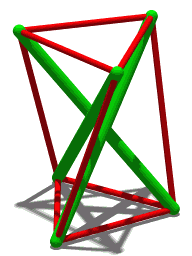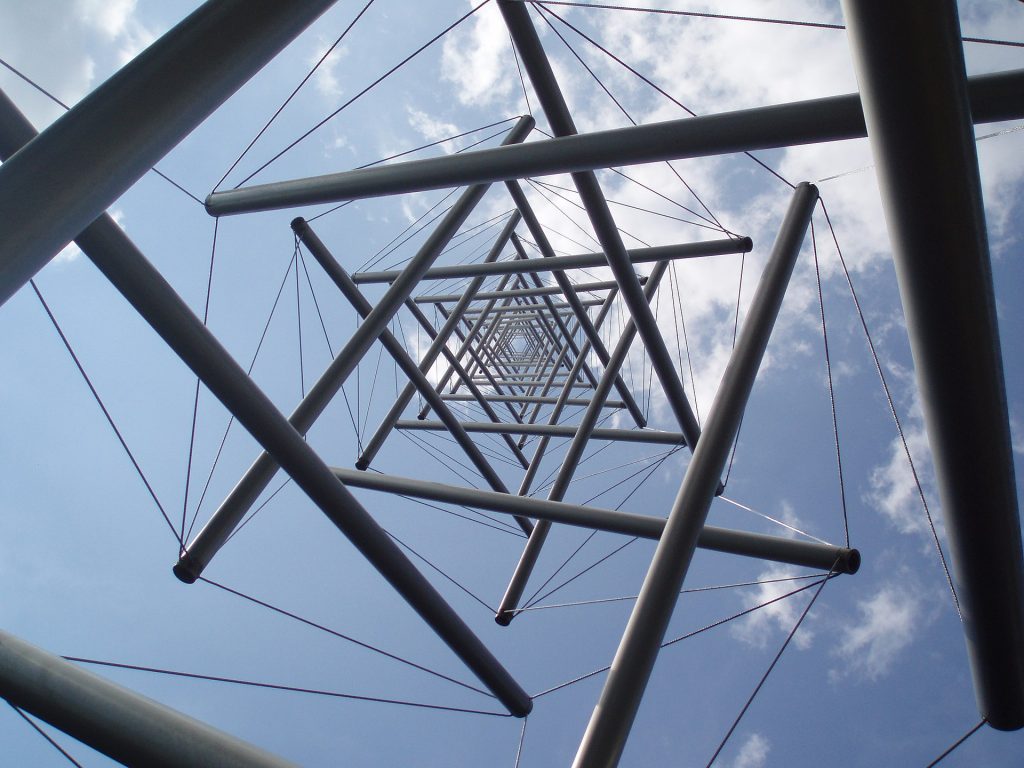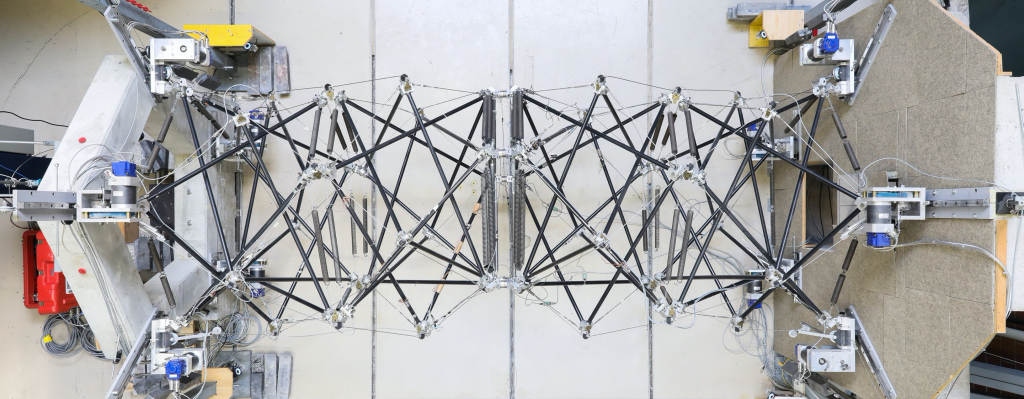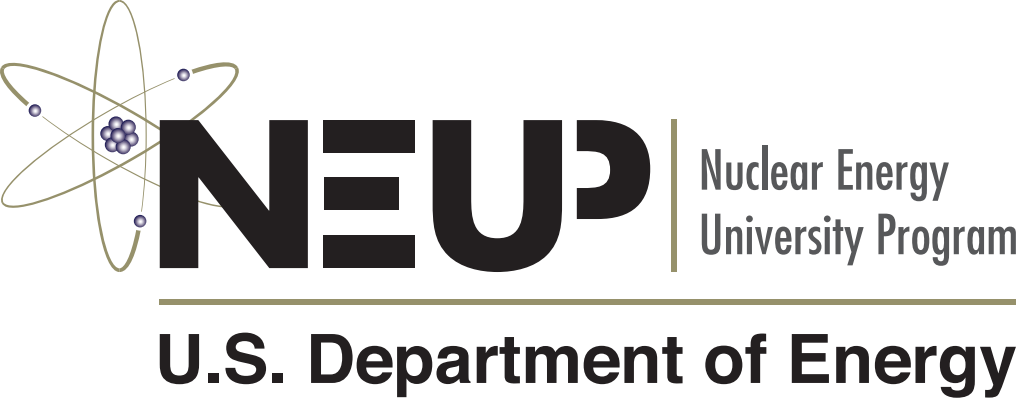Given the growing world population and urban density, management of municipal solid waste is becoming an increasingly difficult issue. One way to approach handling of all this solid waste is to incinerate it for energy as is done in Waste-to-Energy plants. However, the residual ash (bottom and fly ash) post combustion of this waste is unused and often sent to the landfill. There is potential in utilizing this ash for several commercial applications if its chemical composition and mineralogy could be understood in detail.
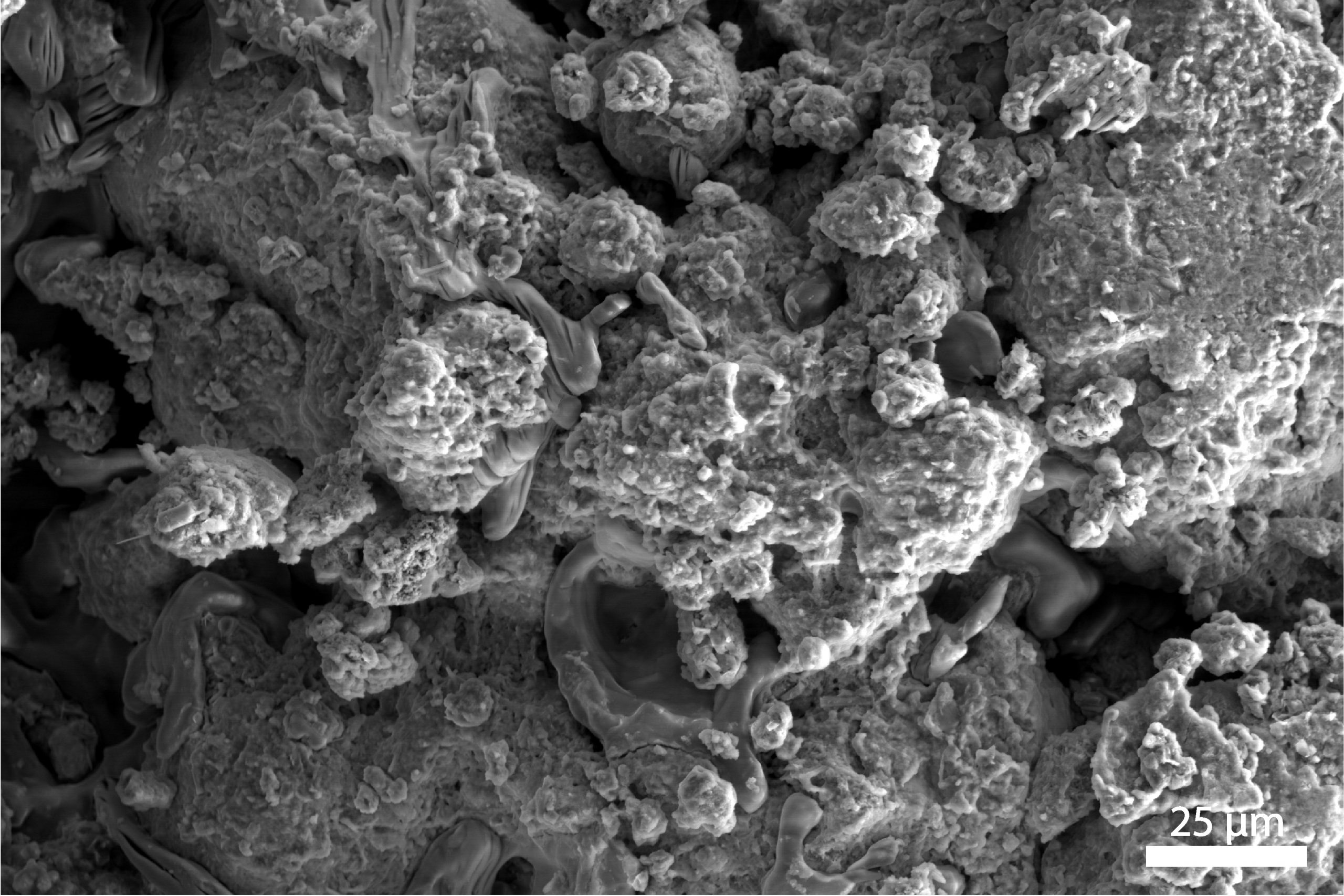
Garg Group has recently received funding from Advanced Research Projects Agency – Energy (ARPA-E) for a two year project (2021-2023) for investigating the chemistry of these ashes and then identifying composition dependent end uses. The project is titled RADAR-X (Rapid AI-based Dissection of Ashes using Raman and XRF Spectroscopy). This is an interdisciplinary project in collaboration with Prof. Jeffery Roesler, Dr. Brajendra K. Sharma, and Prof. Lav Varshney. This project will build upon the findings from an earlier project on municipal solid waste which was seed funded by the Institute for Sustainability, Energy, and Environment at University of Illinois, Urbana-Champaign. Some more information on this new project can be found here.
We are excited to continue our efforts in this field to make our world a sustainable world!




